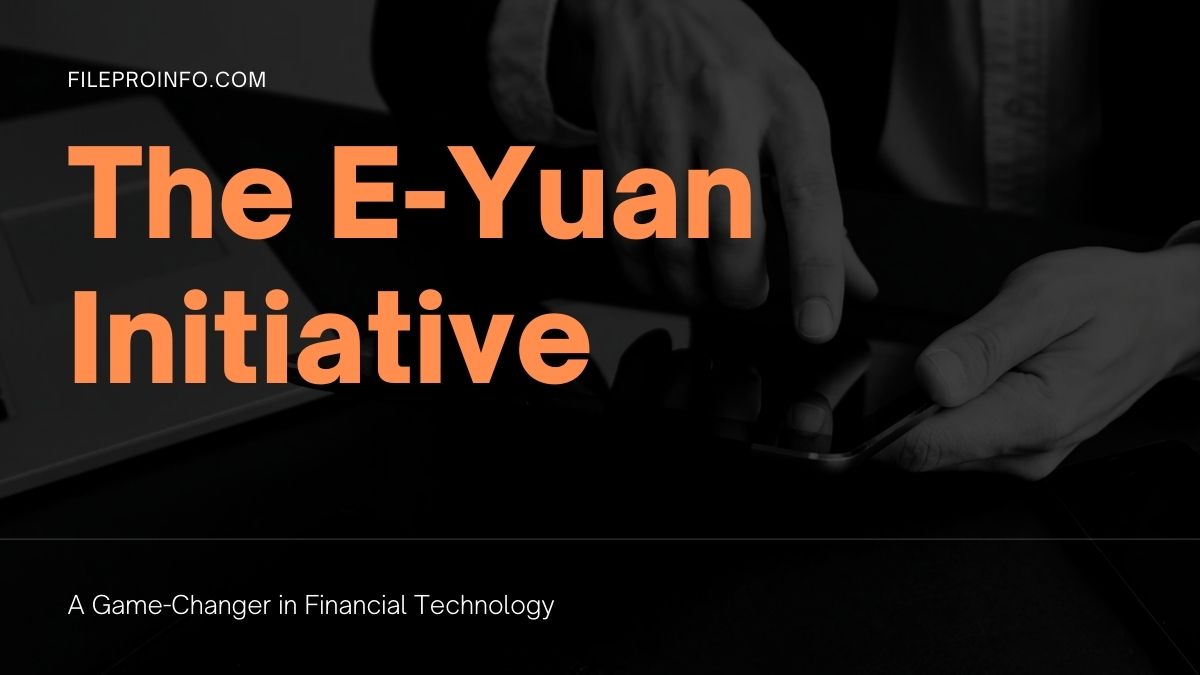
The E-Yuan, also known as the Digital Currency Electronic Payment (DCEP), represents China’s ambitious foray into the world of digital currencies. It’s not just another cryptocurrency; rather, it’s a digital version of the official Chinese currency, the Renminbi (RMB), issued and regulated by the People’s Bank of China (PBOC). The E-Yuan is a significant step towards digitizing the country’s financial infrastructure and has far-reaching implications for both domestic and international markets. Learn more about Digital Yuan at Yuan Rebel, a website dedicated to connecting investors and investment education firms.
Development and Launch
The journey of the E-Yuan began in 2014 when the People’s Bank of China initiated research and development on digital currencies. After years of experimentation and pilot programs in major cities like Shenzhen, Suzhou, and Chengdu, the E-Yuan officially launched in 2021, making China one of the first major economies to introduce a central bank digital currency (CBDC) at scale. The launch marked a pivotal moment in the global adoption of digital currencies, with China taking the lead in this transformative financial technology.
Technology Behind the E-Yuan
At the heart of the E-Yuan lies blockchain technology, a decentralized ledger system that ensures transparency, security, and efficiency in transactions. However, unlike public cryptocurrencies like Bitcoin, the E-Yuan operates on a permissioned blockchain, allowing the PBOC to maintain control over its issuance and circulation. This hybrid approach combines the benefits of blockchain with the stability and oversight of traditional financial systems, making the E-Yuan a viable digital alternative to physical cash.
Benefits and Challenges
The E-Yuan offers numerous benefits for China’s economy, including enhanced transaction efficiency, reduced operational costs, and increased financial inclusion. By digitizing the Renminbi, the government aims to streamline payment processes, reduce reliance on cash, and combat illicit activities such as money laundering and tax evasion. However, the E-Yuan also poses several challenges, including regulatory concerns, privacy issues, and the need to gain public trust in digital currencies. Moreover, its potential impact on existing financial institutions and monetary policies remains a topic of debate among economists and policymakers.
Impact on the Financial Industry
The introduction of the E-Yuan has significant implications for China’s financial industry, disrupting traditional banking and payment systems. With its seamless integration into digital platforms and mobile wallets, the E-Yuan has transformed the way people transact and manage their finances. Commercial banks and fintech companies are adapting to this new digital landscape, leveraging the E-Yuan to offer innovative financial products and services. Moreover, the E-Yuan’s programmable features enable smart contracts and automated transactions, paving the way for decentralized finance (DeFi) applications in China.
International Perspectives
The launch of the E-Yuan has sparked interest and concern among other countries and financial institutions worldwide. Some view China’s CBDC as a potential threat to the dominance of the US dollar in global trade and finance, while others see it as an opportunity for collaboration and interoperability in cross-border payments. Countries like Sweden, Japan, and the European Union are closely monitoring China’s digital currency initiatives, considering their own strategies for CBDC adoption. The international response to the E-Yuan reflects the complex dynamics of geopolitics and monetary policy in the digital age.
Future Outlook
Looking ahead, the future of the E-Yuan is fraught with both promise and uncertainty. On one hand, the widespread adoption of digital currencies could lead to greater financial inclusion, economic efficiency, and technological innovation. On the other hand, challenges such as regulatory compliance, cybersecurity risks, and geopolitical tensions may hinder the E-Yuan’s global acceptance and interoperability. Moreover, the emergence of competing CBDCs and decentralized cryptocurrencies could reshape the landscape of international finance, posing both opportunities and challenges for China’s digital currency ambitions.
Conclusion
In conclusion, the E-Yuan initiative represents a paradigm shift in the world of financial technology, with profound implications for China’s economy and the global financial system. By embracing digital currencies, China is not only modernizing its payment infrastructure but also asserting its position as a global leader in fintech innovation. However, the success of the E-Yuan hinges on its ability to address regulatory, technological, and geopolitical challenges while fostering trust and confidence among users and stakeholders. As the digital currency revolution unfolds, the E-Yuan will continue to shape the future of money and finance in the digital age.